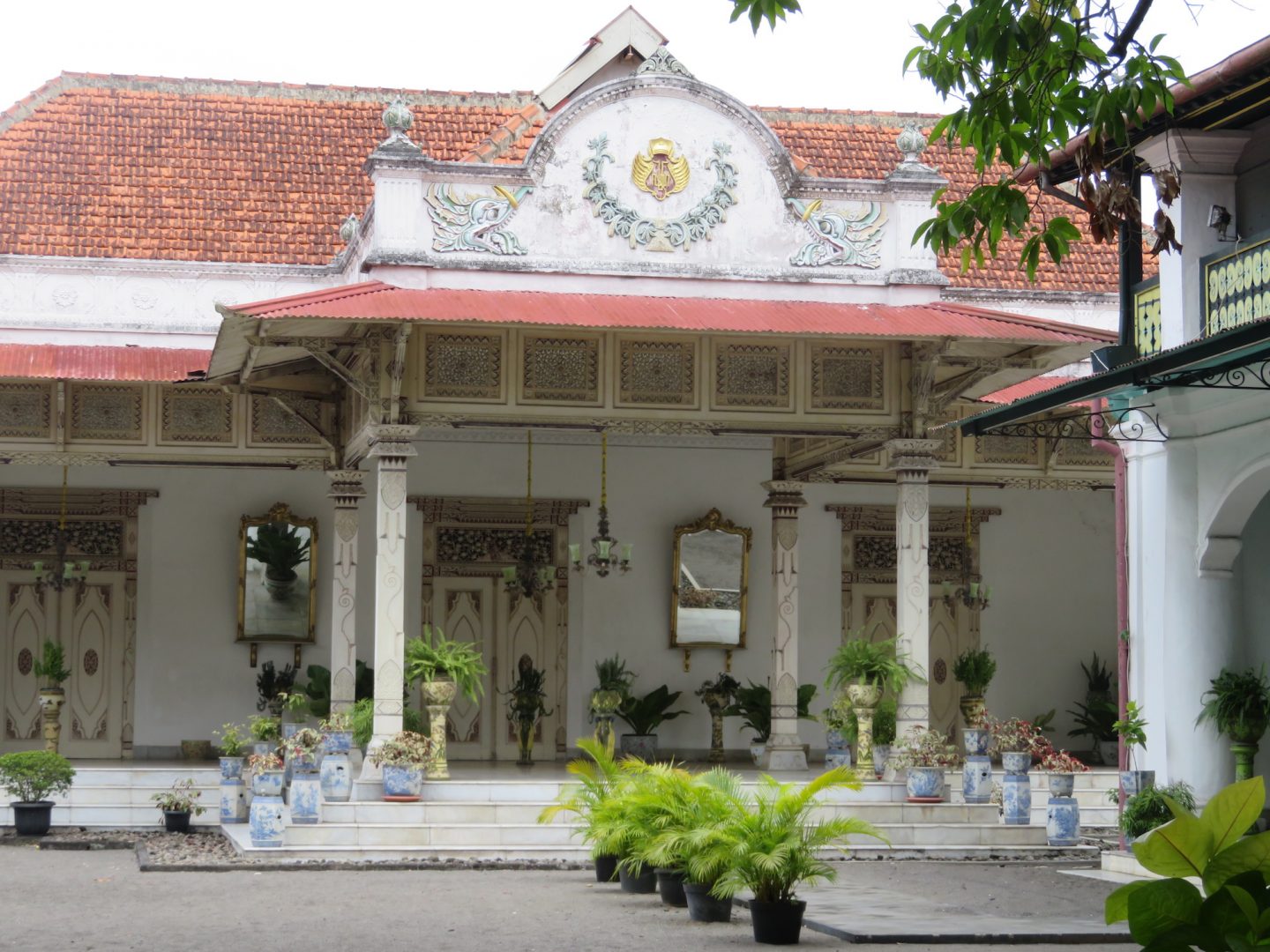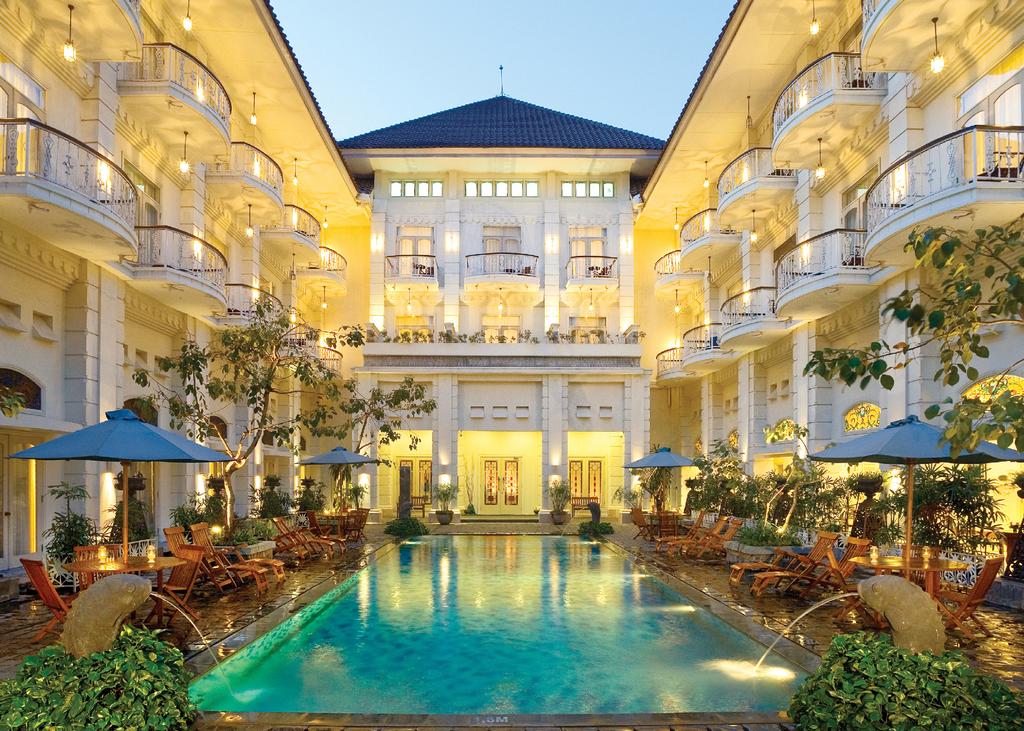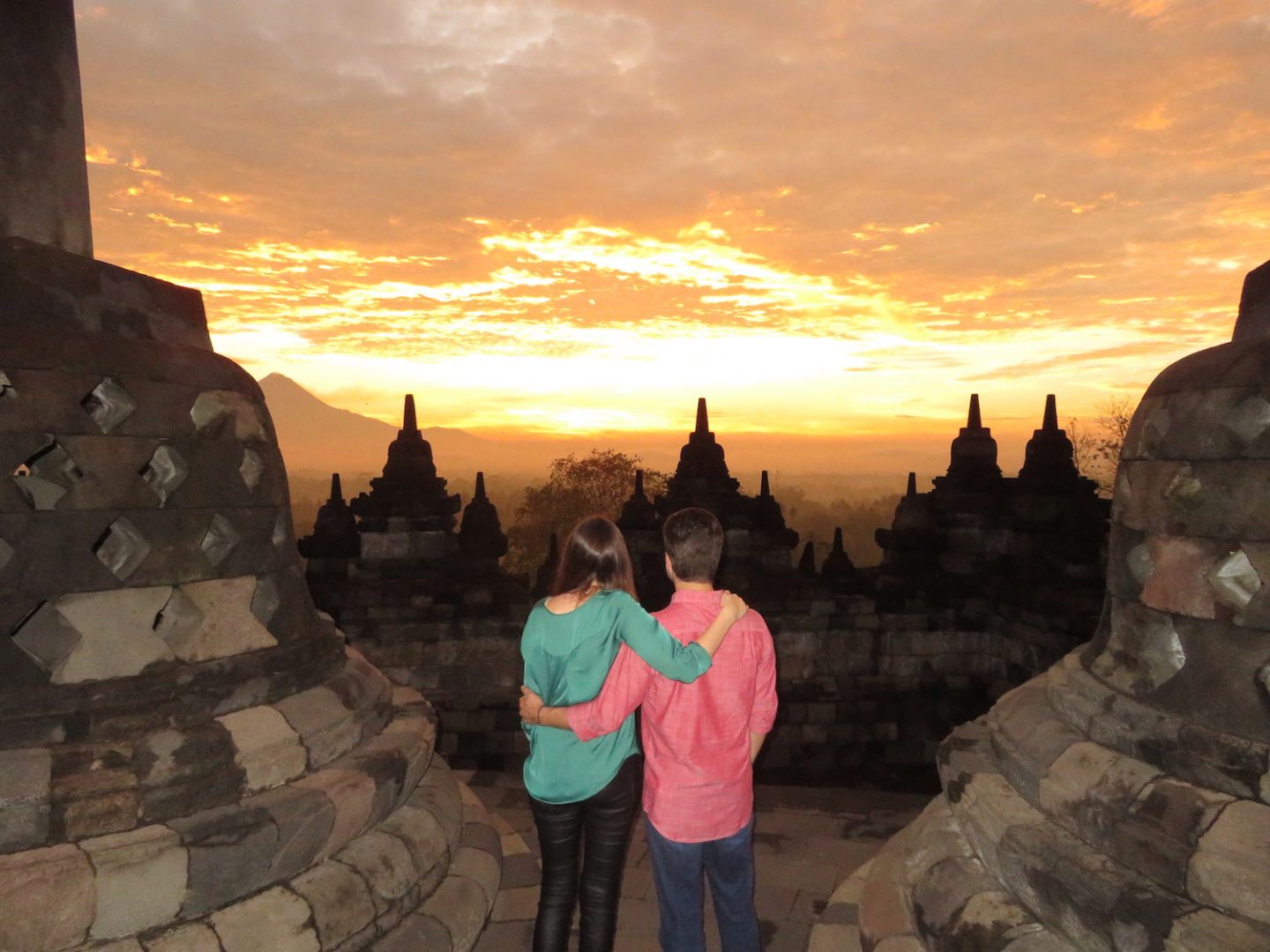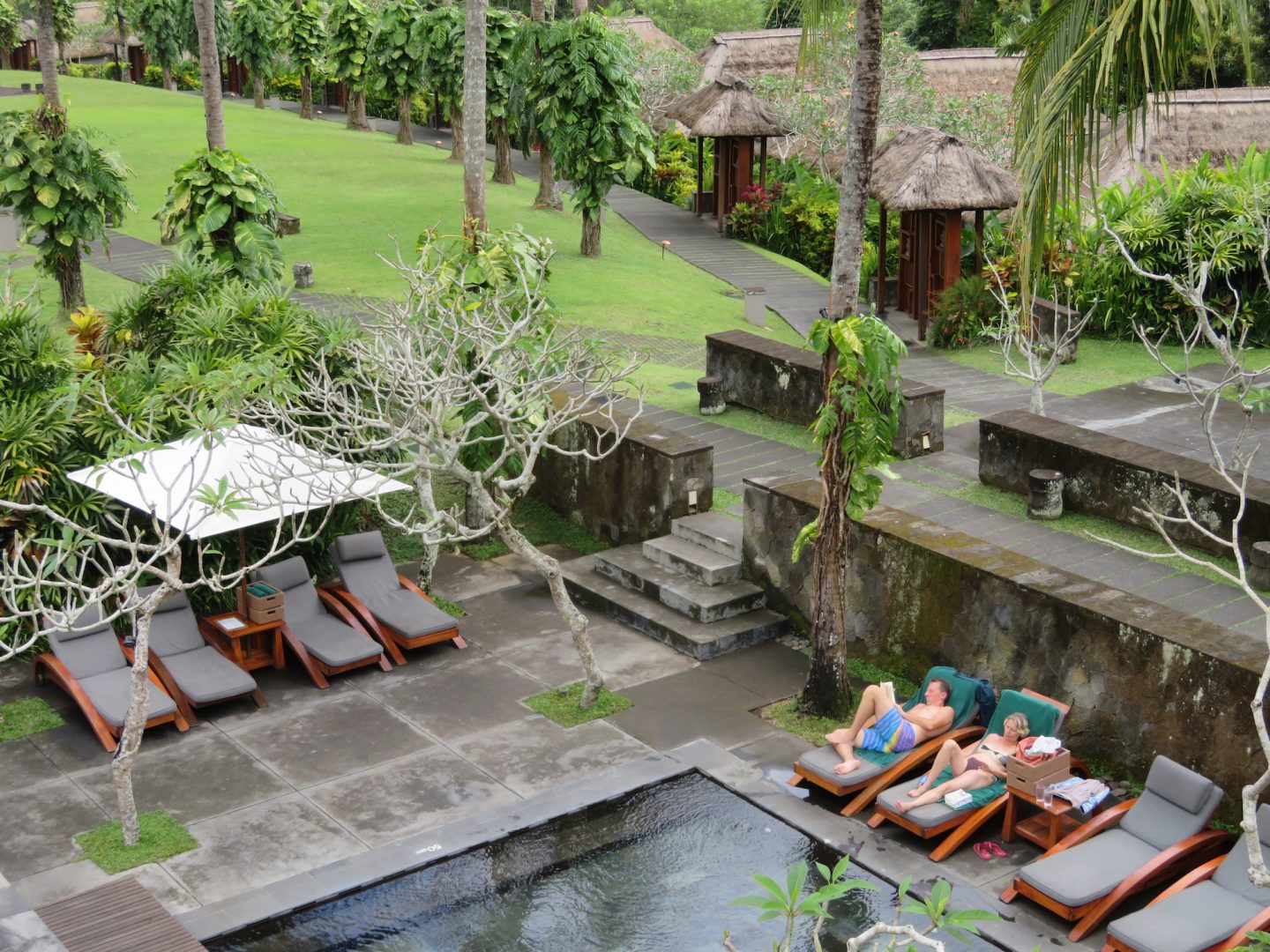To understand a country you have to learn about its historical and political context. I was surprised when they told us that we were going to visit the Sultan’s house, since Indonesia is a democratic country. I found it curious, so I started to do some research, which I will share it with you.
Indonesia goes from Dutch conquerors to dictators
Achieving democracy in Indonesia was not an easy task. Two decades have passed since Indonesia ousted its last dictator. When you visit the country they will tell you about their history and independence from the Netherlands. Sukarno was the first President of Indonesia after he read the declaration of independence on August 17, 1945. Sukarno carried out the PKI massacre between 1965-1966, killing 500,000 to a couple of million people believed to be communists.
Suharto was the second president and lasted more than 30 years until he was separated from power in 1998 after a massive economic crisis. According to Transparency International, Suharto is one of the most corrupt modern leaders and robbed more than $35 billion.
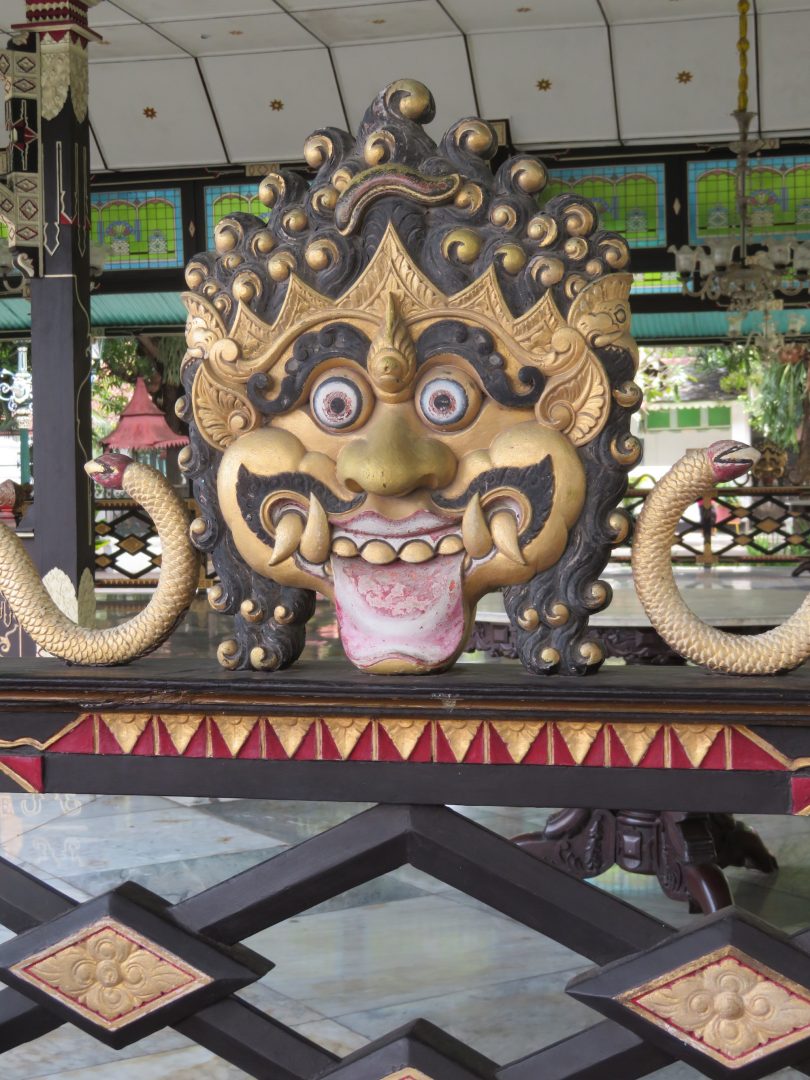
The democratic era and the sultanates
Officially there is no royalty in Indonesia, but the sultanates continue in particular areas including Java, Borneo and Bali. The sultans ruled local areas before and during the Dutch occupation. In Java, there are two royal courts, one in Solo and one in Yogyakarta. They no longer have the power they had before independence, but they still remain influential in politics.
The Sultan of Yogyakarta is the governor of the province and is considered the cultural figure of the region. Sukarno granted the position of governor of Yogyakarta for life to Sultan Hamengkubuwono IX and his descendants. This happened because the Sultan fought alongside the revolutionaries to gain independence. This Sultan was even Vice President of Suharto from 1973-1978.
A Visit to the Kraton of Yogyakarta, the house of the Sultan
The Sultan’s house has a very central location from any hotel in Yogyakarta. When we arrived we got off the bus and went to a booth where we waited for our tickets to be given. There is a special ticket if you want to take photos. At the entrance it is common for street vendors to try to sell you all kinds of things you don’t need.
We entered the palace and were greeted with a presentation of music with instruments. This style of music is called “gamelan” and dates from the year 167. There were about 80-100 people all dressed alike. All women with black shirts and their hair in a big bun and men with blue shirts; both with batik pants and barefoot. They were playing dishes or drums with a mallet. I was surprised to hear that all who were playing were volunteers.
There are different types of typical presentations that are included in the cost of admission. Every day you can watch a presentation, be it the gamelan, classical dances, poetry reading or wayang golek (puppets). It is recommended to go at 10 a.m. since most occur at this time, some begin a little earlier or later.
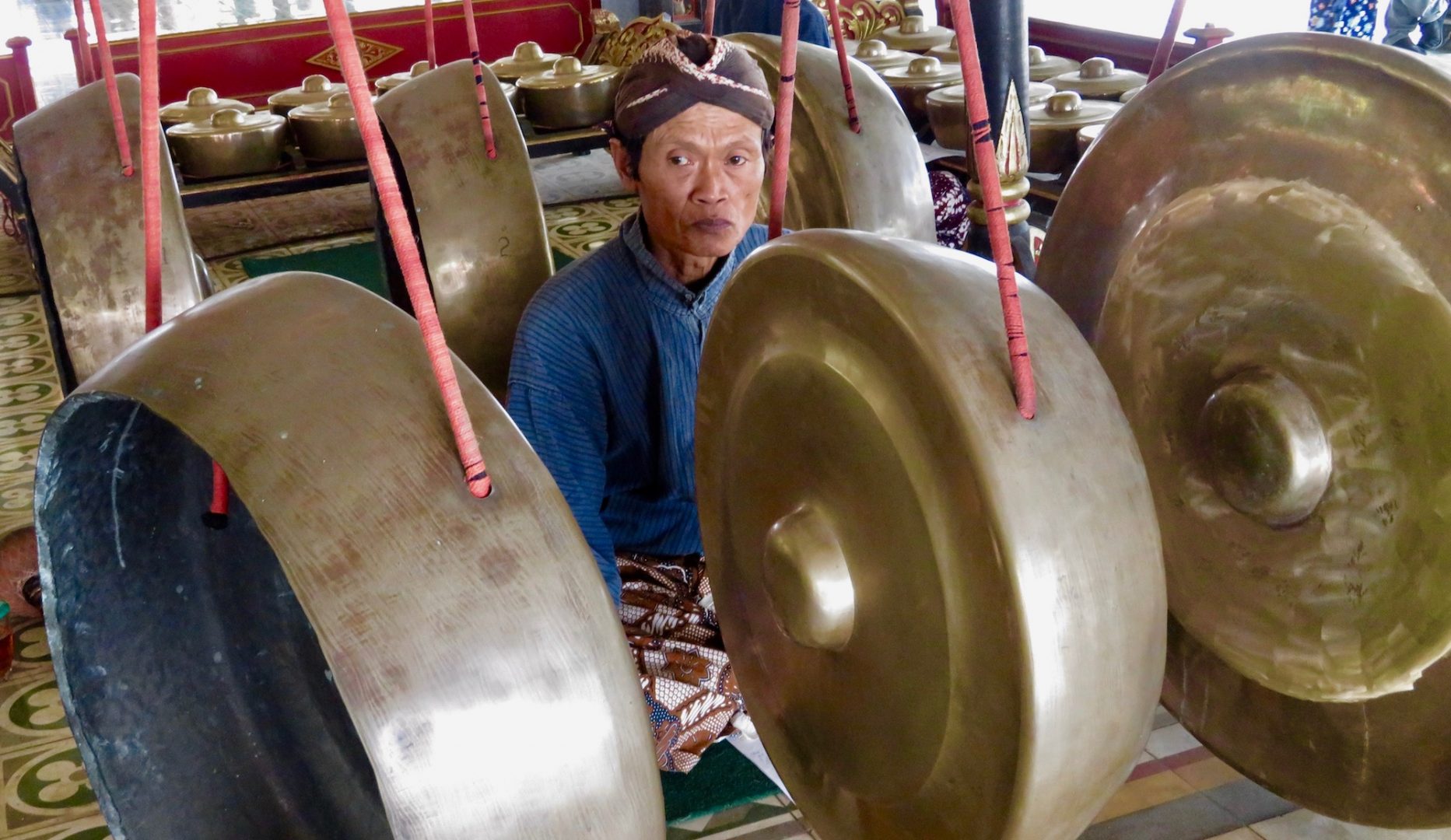
25,000 people live in the complex around the Kraton of Yogyakarta. These people are mostly volunteers of the Sultan and in return, he gives them food and housing. Inside the palace you can see some cleaning, others simply talking and spending time.
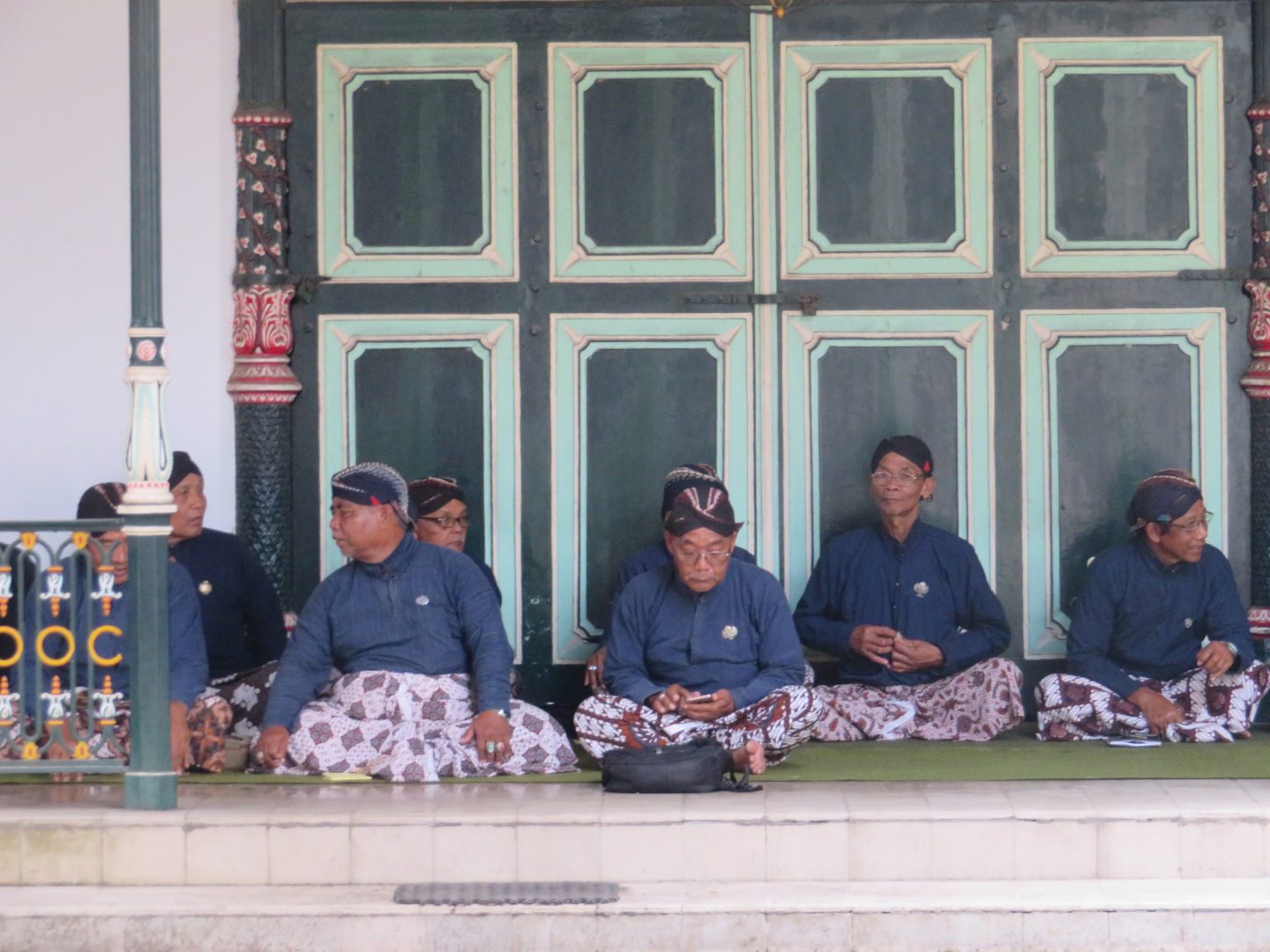
From opulence to decay and then restoration
The Kraton of Yogyakarta was built by Prince Mangkubumi in 1755-1756. In 1812, the British Stamford Raffles invades the walled city of Yogyakarta. The palace was sacked and burned. Gold, jewelry and coins were stolen. In the 1920s the Sultan of the moment built the palace that is currently seen with European touches. In 2006 the building was damaged by an earthquake.

There is an area of the palace that cannot be entered because it is being remodeled. It is interesting to visit the site but you must go with low expectations, since one thinks that it will be more luxurious than it is. A large part of the palace is a museum and has a collection of gifts from European monarchs and memories of the royal family.
One of the rooms shows the royal family tree and old photographs. The different rooms tell the story of the royal family. Something that disturbed me was the story of mandatory female circumcision. Investigating the subject, I read that Indonesia is one of the countries that does this practice the most, apart from Africa, Iraq, Yemen and Kurdistan. It is designed to control female sexuality.
The future of the Sultanate of Yogyakarta
His royalty Sultan Hamengkubuwong X was crowned after his father died in 1988 and is the tenth Sultan. In 2009 he ran for President of Indonesia but did not win. They say he is a charismatic and progressive leader who likes to smoke cigarettes and dance pop music. He has boosted the use of the Internet in his area so that villagers can compete in a globalized world.
In 2011, the President of Indonesia proposed that the governor of Yogyakarta be elected by the people. To the fate of the Sultan, in 2012 the assembly passed a law that ensures that the Sultan inherits the title of governor. The Sultan is already older and has to think who will be his heir. But the problem is that he has no male children, he only has 5 daughters.
The Sultan unwittingly has become a defender of gender equality, since he wants his eldest daughter to be the first Sultana. However, this goes against Muslim law, so great controversy has been created. What will happen to the Sultanate? The truth is that only time will tell.


